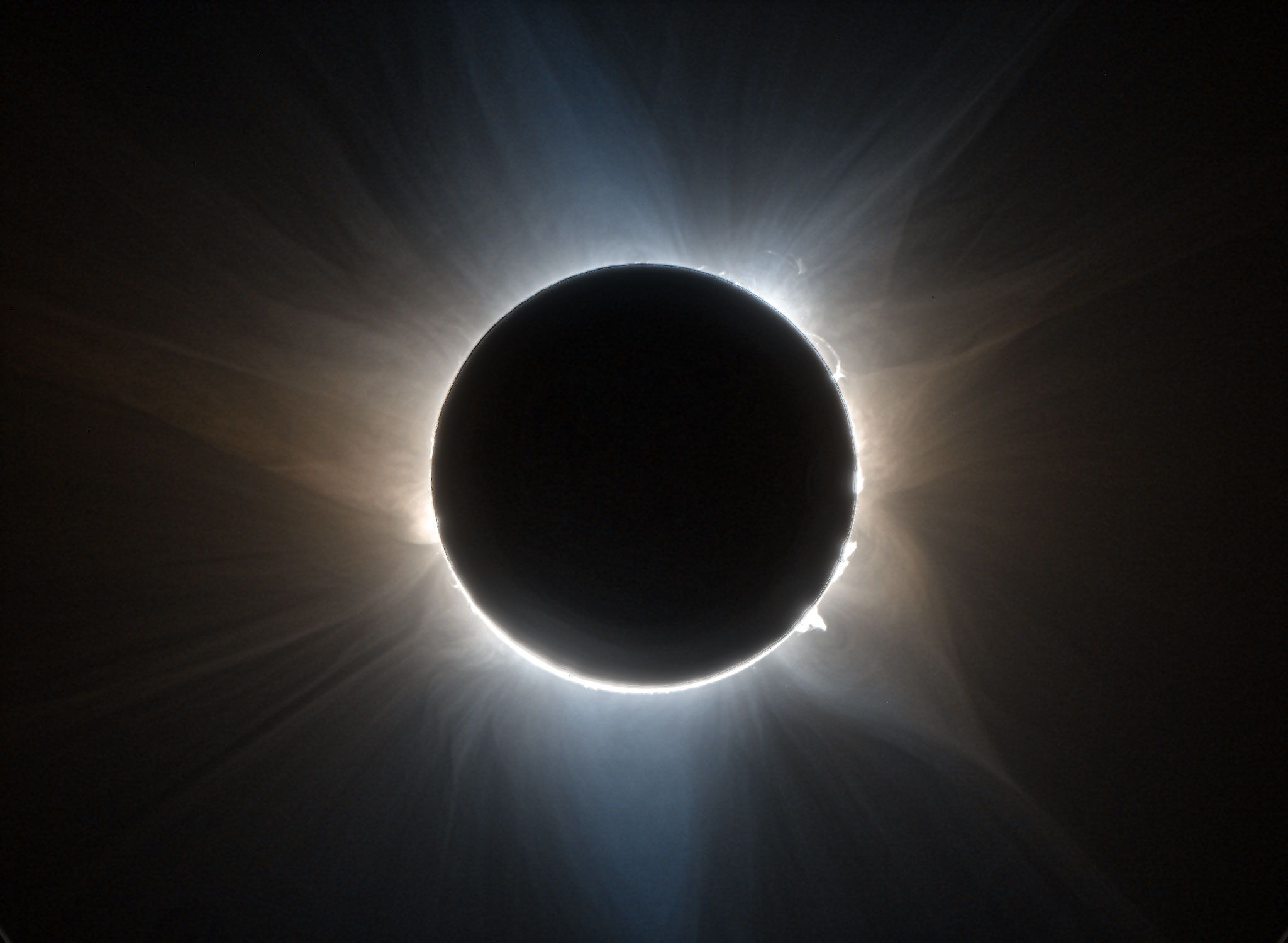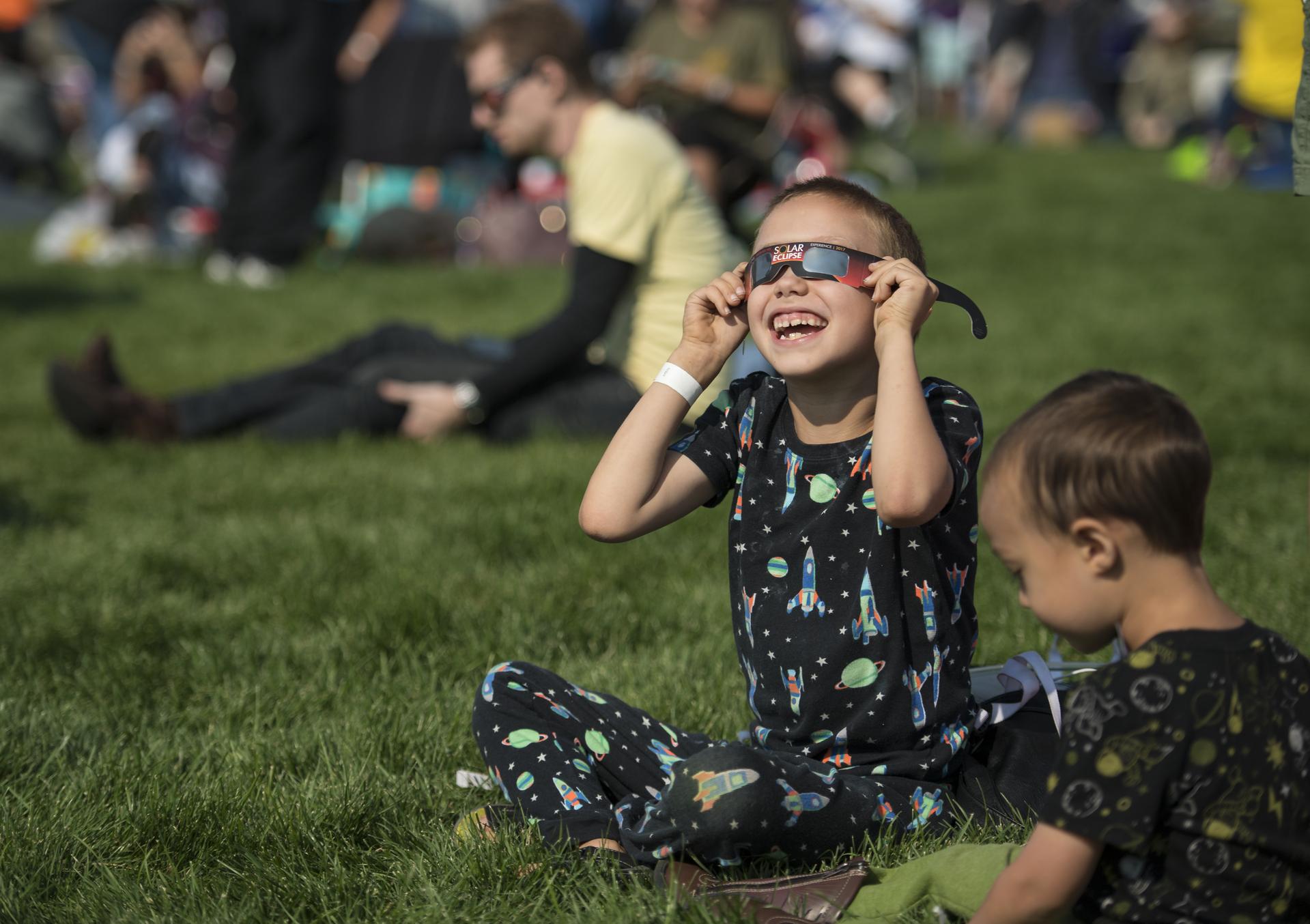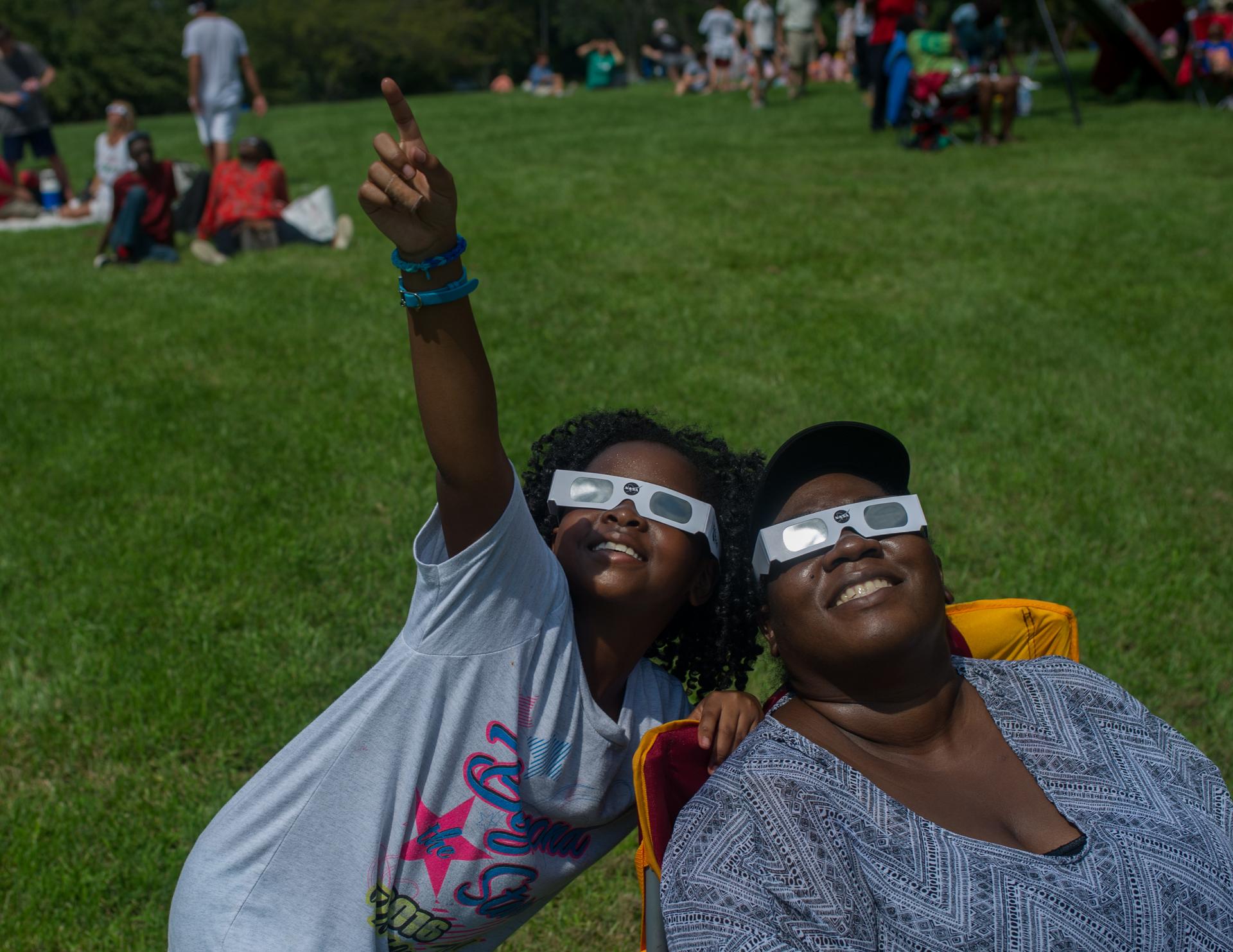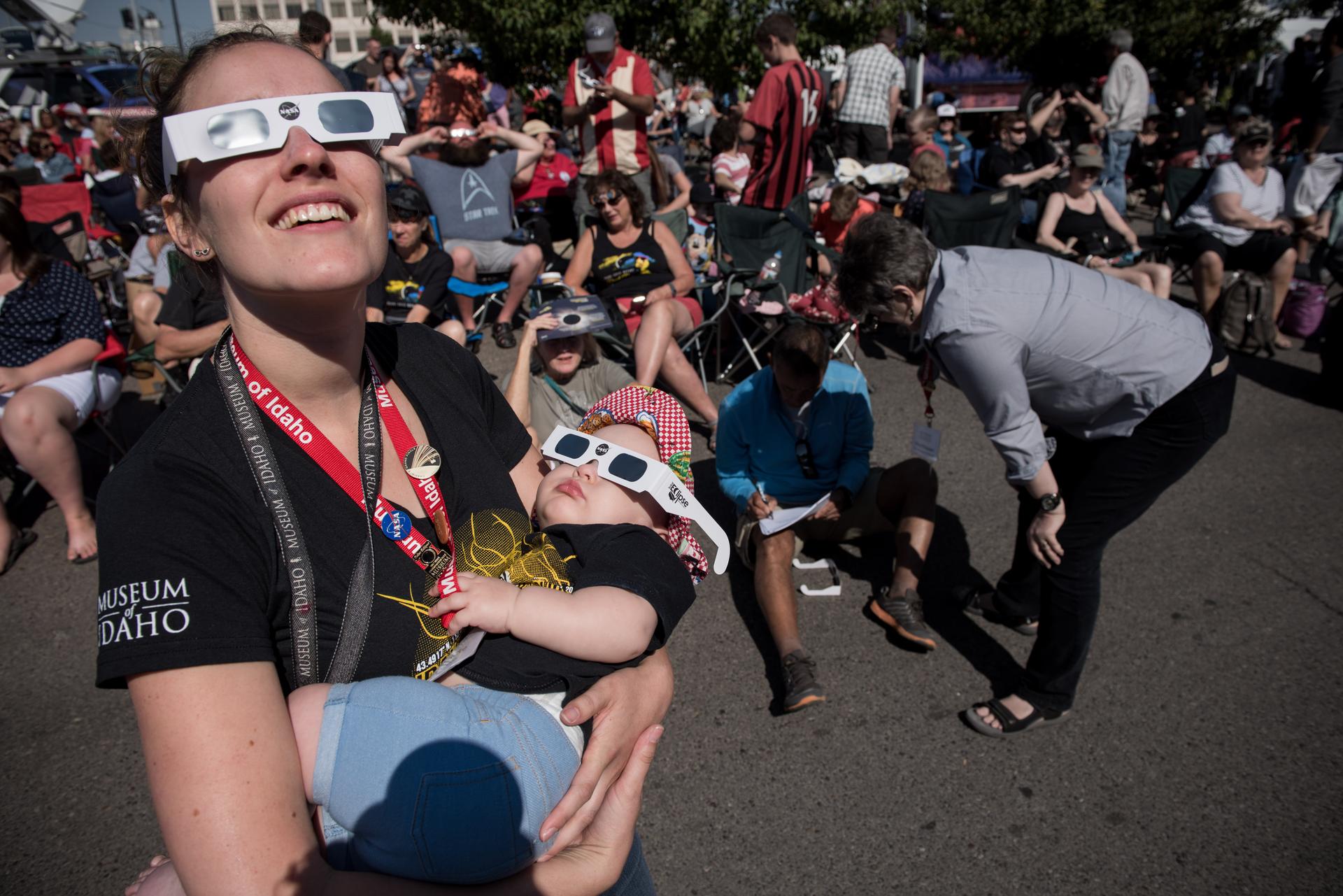
The Sun and Moon will work together to put on a celestial show in the skies above North America during two solar eclipses in the months to come. On Saturday, Oct. 14, the Moon will nearly cover the Sun during what’s called an annular solar eclipse, and on April 8, 2024, the Moon will completely block out the Sun during a total solar eclipse. Get ready to make the most of these rare events with this curated list of NASA STEM learning resources and related content, including activities, citizen science opportunities, and more.
Safety First!
First things first! It’s important never to look directly at the Sun, even during a solar eclipse. Protect your eyes with specialized solar viewers, such as eclipse glasses or view the event with a pinhole projector check out these video instructions on how to make your own. You can learn more about eclipse viewing safety here.

What You’ll See
During the annular solar eclipse on Oct. 14, the Moon will appear smaller when it slips in front of the Sun’s disk, leaving a ring of sunlight visible for people on the main path of the eclipse. During the total solar eclipse in April, the Moon will fully block the Sun for a brief time for people on the main path of this eclipse. For both eclipses, people in most of the U.S. can see a partial solar eclipse, even if you’re not on the eclipse’s main path.
Wondering how much of the Sun will be blocked by the Moon where you are? Use this map to find out what the view will be like in your area, since the eclipses will take different paths as they cross the United States.

Learn What’s Happening
Students are invited to visit NASA’s Space Place for a helpful overview of eclipses and a deeper look at what happens during a total solar eclipse. Learn even more through fun hands-on activities such as How Can the Little Moon Hide the Giant Sun and the solar eclipse beach ball demonstration. Looking for books? Read “Our Very Own Star,” or the Braille book “Getting a Feel for Eclipses,” available in English and Spanish.
Educators can bring solar eclipse learning into the classroom with eclipse lessons from My NASA Data, the Epic Eclipse: A “Pi in the Sky” math challenge, and the Living With a Star educator guide, which explores the Sun-Earth connection. Other fun activities include learning how to measure solar energy during the eclipse, taking the new NASA Eclipse Kahoot! Quiz modeling the Earth-Moon system.

Be an Eclipse Scientist
Anyone can become a citizen scientist and contribute their eclipse observations! Here are two exciting opportunities:
- Eclipse Soundscapes: Share your multi-sensory observations and recorded sound data during the upcoming eclipses to help NASA better understand how these events impact ecosystems across the U.S. Learn more about the different options to get involved.
- GLOBE Eclipse: Only available when a solar eclipse is happening somewhere in the world, the GLOBE Eclipse tool will prompt users to record air temperature measurements in addition to observations of sky conditions and vegetation at the data collection site. You’ll need to download the GLOBE App to get started.

For the latest fun activities, learning resources, and opportunities to engage with NASA, visit NASA’s Office of STEM Engagement online at: https://stem.nasa.gov
Click here for original story, STEM Learning Resources to Prepare for Upcoming Eclipses
Source: NASA Ames Research Center